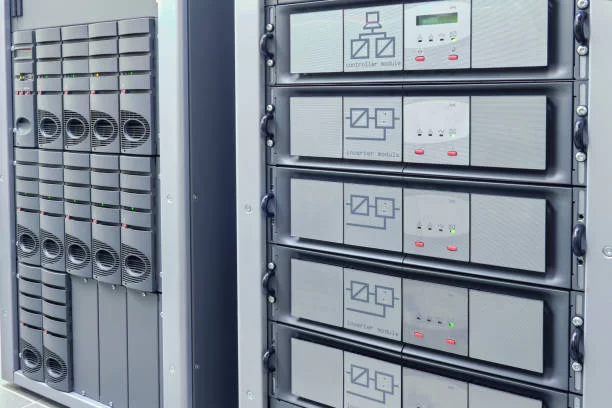Exploring the Benefits of Liquid Cooling Energy Storage Systems for Renewable Energy Integration
With the global shift towards cleaner and more sustainable energy sources, energy storage systems have become a crucial element in maintaining the stability of renewable energy grids. In this context, liquid cooling energy storage systems are gaining prominence due to their efficiency in managing heat and ensuring optimal performance. In this article, we’ll explore how liquid cooling technology, particularly heat pipe cooling, is transforming energy storage and its integration with renewable energy sources.

1. The Need for Efficient Cooling in Energy Storage
Energy storage systems are essential for balancing supply and demand in renewable energy grids. However, the challenge lies in the management of heat generated during the charge and discharge cycles of energy storage batteries. Overheating can lead to reduced battery life, inefficiencies, and even safety risks.
Liquid cooling systems are particularly effective in addressing these challenges. Unlike traditional air-cooling methods, liquid cooling offers a more direct and efficient way to manage temperature, enhancing the longevity and safety of the storage system.
2. How Liquid Cooling Energy Storage Systems Work
In liquid cooling energy storage systems, a liquid coolant circulates through a network of pipes, absorbing heat from the battery cells and dissipating it through a radiator or heat exchanger. This method is significantly more effective than air cooling, especially for large-scale storage applications.
One of the key innovations in this field is the use of heat pipe cooling. Heat pipes are highly efficient at transferring heat due to their unique design, which leverages phase change technology. When the liquid coolant inside the pipe heats up, it vaporizes and moves to a cooler area, where it condenses back into a liquid, releasing the heat in the process. This cycle ensures rapid and efficient cooling.
3. Benefits of Liquid Cooling Energy Storage Systems
Improved Thermal Management: Liquid cooling ensures that the temperature of the batteries remains within an optimal range, which reduces the risk of overheating and extends battery life.
Increased Energy Efficiency: By maintaining an ideal operating temperature, energy losses due to heat are minimized, resulting in higher overall system efficiency.
Space-Saving Design: Compared to air cooling, liquid cooling systems are more compact, which is especially important for energy storage containers where space is limited.
Enhanced Safety: With efficient heat dissipation, the risk of thermal runaway—a dangerous chain reaction caused by excessive heat—is significantly reduced.
4. Liquid Cooling for Renewable Energy Integration
As renewable energy sources like solar and wind power become more widespread, the demand for reliable energy storage systems grows. Liquid cooling energy storage technology plays a crucial role in ensuring that these systems can handle the increasing load from fluctuating renewable energy sources.
Scalability: Liquid cooling systems can be easily scaled to meet the needs of both small-scale residential installations and large industrial applications. This makes them highly adaptable to different renewable energy projects.
Grid Stability: By efficiently managing heat, these systems ensure that stored energy can be delivered to the grid without interruption, even during peak demand periods or adverse weather conditions.
Energy Independence: In combination with renewable energy sources, liquid-cooled storage systems can help reduce reliance on fossil fuels, promoting energy independence and contributing to the global push for sustainability.
5. Innovations in Heat Pipe Cooling for Energy Storage
Heat pipe cooling is a breakthrough in thermal management for energy storage systems. It offers several advantages over traditional cooling methods, making it a preferred choice for high-performance energy storage solutions.
Faster Heat Dissipation: The use of heat pipes allows for rapid heat transfer, which is critical for maintaining the performance and safety of energy storage systems.
Greater Reliability: The efficiency and simplicity of heat pipe technology reduce the chances of system failure, making it a reliable option for long-term energy storage.
